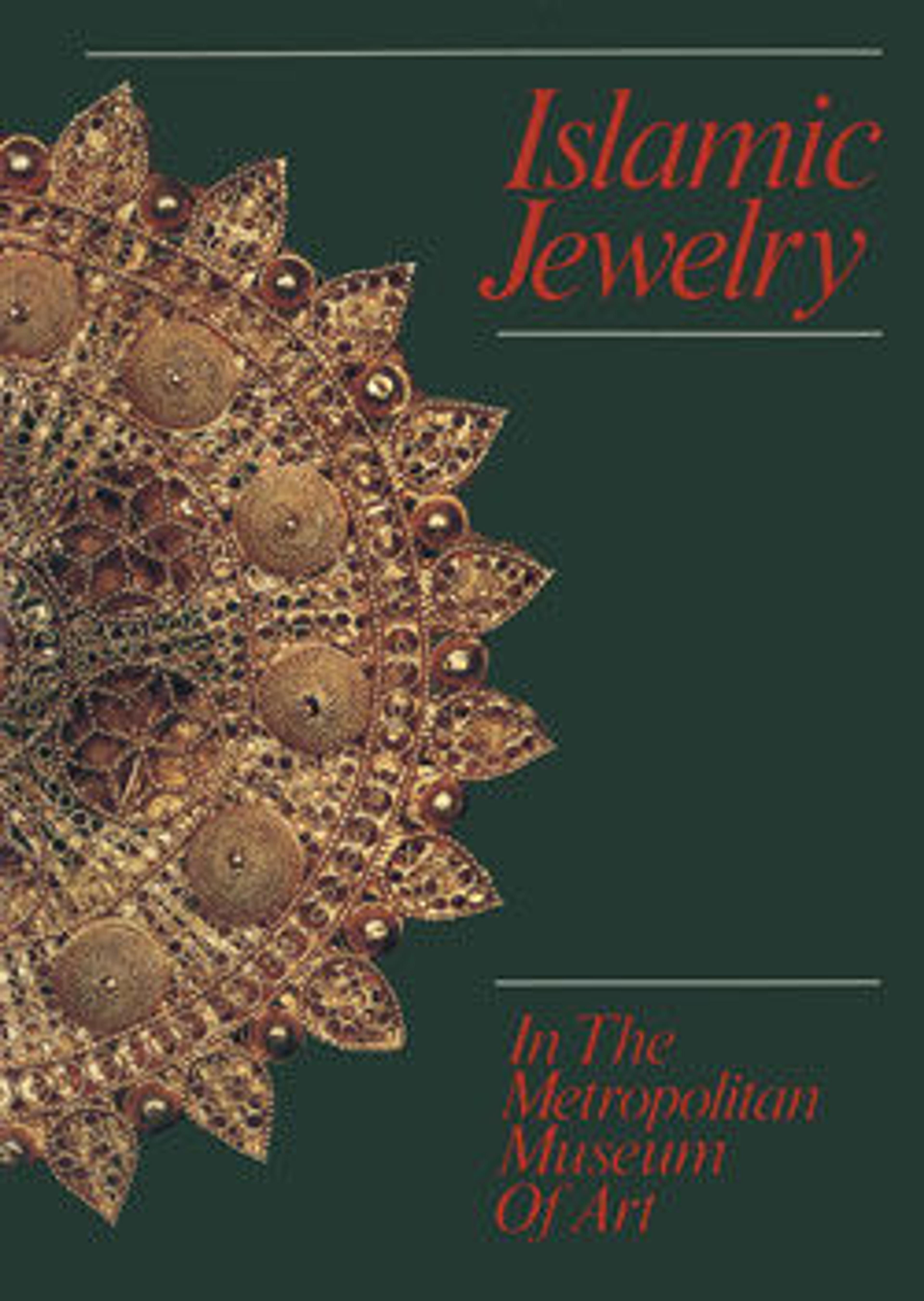Brooch Decorated in the Thewa Technique
This piece, now a brooch, was originally part of a gold armband, where it formed the center of three similar elements. The technique used to create it, in which a hunting scene carved in gold overlays a transparent emerald green surface, seems limited to a group of enamels associated with Partabgarh, in northwest India. Extant pieces of this type all appear to have been made in the nineteenth century, although the technique – which has been used also for larger objects, such as boxes and trays, and in other colors, such as red and amber – may have existed earlier. The spiky, hollow balls that surround the central oval echo an ancient form in which closely packed conical (rather than the more common spherical) elements project outward to give a hedgehoglike effect: the parallel between this technique and that used in goldwork of the second century B.C. is striking.
Artwork Details
- Title: Brooch Decorated in the Thewa Technique
- Date: 19th century
- Geography: Made in India, Rajasthan, Pratapgarh
- Medium: Pierced gold foil over glass (thewa work); with beads and filigree
- Dimensions: H. 2 in.. (5.1 cm)
W. 1 5/8 in. (4.1 cm) - Classification: Jewelry
- Credit Line: Gift of Mr. and Mrs. Harry G. Friedman, 1953
- Object Number: 53.167
- Curatorial Department: Islamic Art
More Artwork
Research Resources
The Met provides unparalleled resources for research and welcomes an international community of students and scholars. The Met's Open Access API is where creators and researchers can connect to the The Met collection. Open Access data and public domain images are available for unrestricted commercial and noncommercial use without permission or fee.
To request images under copyright and other restrictions, please use this Image Request form.
Feedback
We continue to research and examine historical and cultural context for objects in The Met collection. If you have comments or questions about this object record, please contact us using the form below. The Museum looks forward to receiving your comments.
